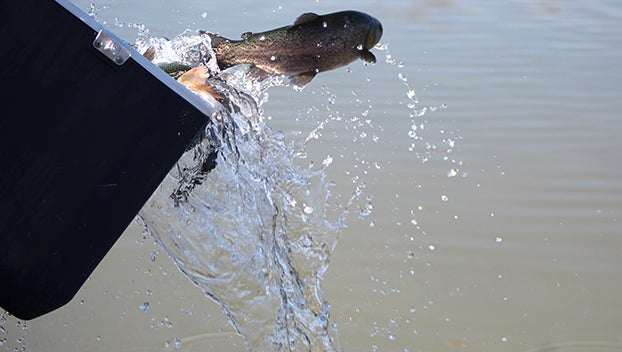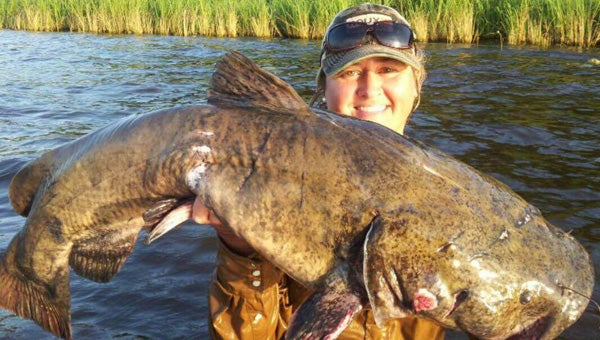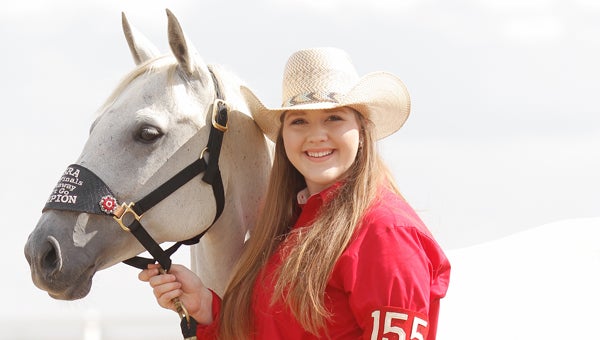What animal am I?
Published 12:00 am Sunday, December 11, 2011
NATCHEZ — The Miss-Lou supports a variety of critters, large and small, in both rural and urban areas. These critters live among us, and each has its own unique characteristics. Among those characteristics are the paw prints that these animals leave behind as they travel.
Historic Jefferson College Branch Director Robin Person said people can learn a great deal about animals by the prints they leave behind. As members of the Miss-Lou habitat, Person said, it is important for people to be able to identify the prints of some of the area’s most common animals.
“We need to be more aware of what’s going on in nature,” Person said. “People stay inside more, and we have a nature deficit. A lot of these animals are real common here, and there is no reason we shouldn’t be able to identify them.”
Person spoke to the Kiwanis Club in November about recognizing the prints of several different local animals, and in March she will instruct a similar program for anyone 13 years old or older at Historic Jefferson College.
The program will use visuals to display the prints that some of the Miss-Lou’s most common critters leave behind. Person will describe the characteristics of prints left behind by deer, beavers, opossums, squirrels, bears, raccoons, coyotes and bobcats. She will also describe ways to differentiate between animals that have similar foot prints.
Although the course will feature a variety of animals, Person said her main goal is simple.
“If they get nothing else out of the talk, I want them to be able to tell the difference between a dog and a cat,” she said.
Person said this simple goal comes from years of seeing one of her biggest pet peeves.
“I’ve seen cat prints used exclusively for dog related stuff,” she said. “Mississippi State is the Bulldogs, and they use a cat print (as a logo). Natchez High does it too.”
Person said the difference is that cat prints do not have claws in them because a cat’s claws are retractable, and it will always have its claws in while walking. A dog print will always feature claws, she said.
Person said she was surprised by the amount of hunters she met at a recent wildlife festival in Woodville that were unable to identify many of the footprints she had on display.
“Maybe five to 10 percent of hunters (can identify the tracks),” she said. “I have a large (display of approximately 20) tracks that I took down to the Woodville for the wildlife festival. A lot of hunters tested, and they got the deer right, but that’s about it.”
Person said she teaches footprint recognition because it is the easiest, but she can also teach people a lot about an animal by their gait as well.
Person said it is often very easy to distinguish a domesticated dog track from a wild canine.
“Wild canines go from point A to point B,” she said.
In contrast, many domestic dog tracks will be spread out, because they are more prone to explore, she said.
Also, Person said many domestic dog tracks will have the claws spread out more than wild canines, because they are overweight. And domestic dog tracks are generally seen with human prints, she said.
Footprint recognition can also be used to determine the sex of a deer, Person said.
“If you look at deer tracks carefully you can tell if it’s a buck or a doe,” she said. “A buck will have larger front feet than back, and a doe will have larger back than front.”
The buck’s bigger front feet are used to support his muscular front end, while the doe needs bigger back feet to support her bigger back end, Person said. She said the different body types are for mating purposes.
Another popular track in the Miss-Lou is turkey tracks, and Person said those are unique.
“The turkey track is pretty distinctive,” she said. “The only one similar is a Great Blue Heron, and those are around water.”
Person said a common footprint seen in the Miss-Lou is from mammals that live in or near water. The distinguishing charactristic of these prints is that they will have webbing in the print.
Person said that bear prints look a lot like human footprints, with the main difference being the bear prints will have large claws on the ends of the toes.
“If you see claws, it’s either a bear or someone with extremely bad hygiene,” Person said.
For more information about the March program call Historic Jefferson College at 601-442-2901.





